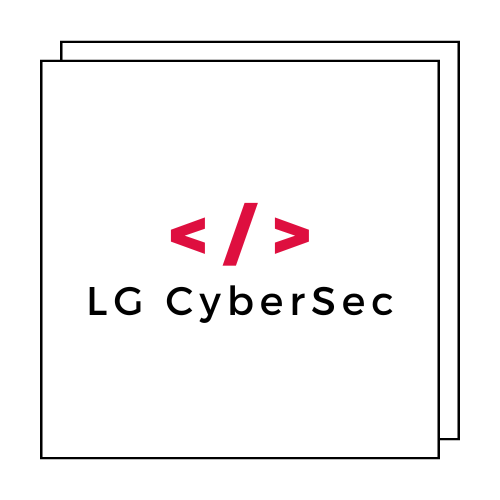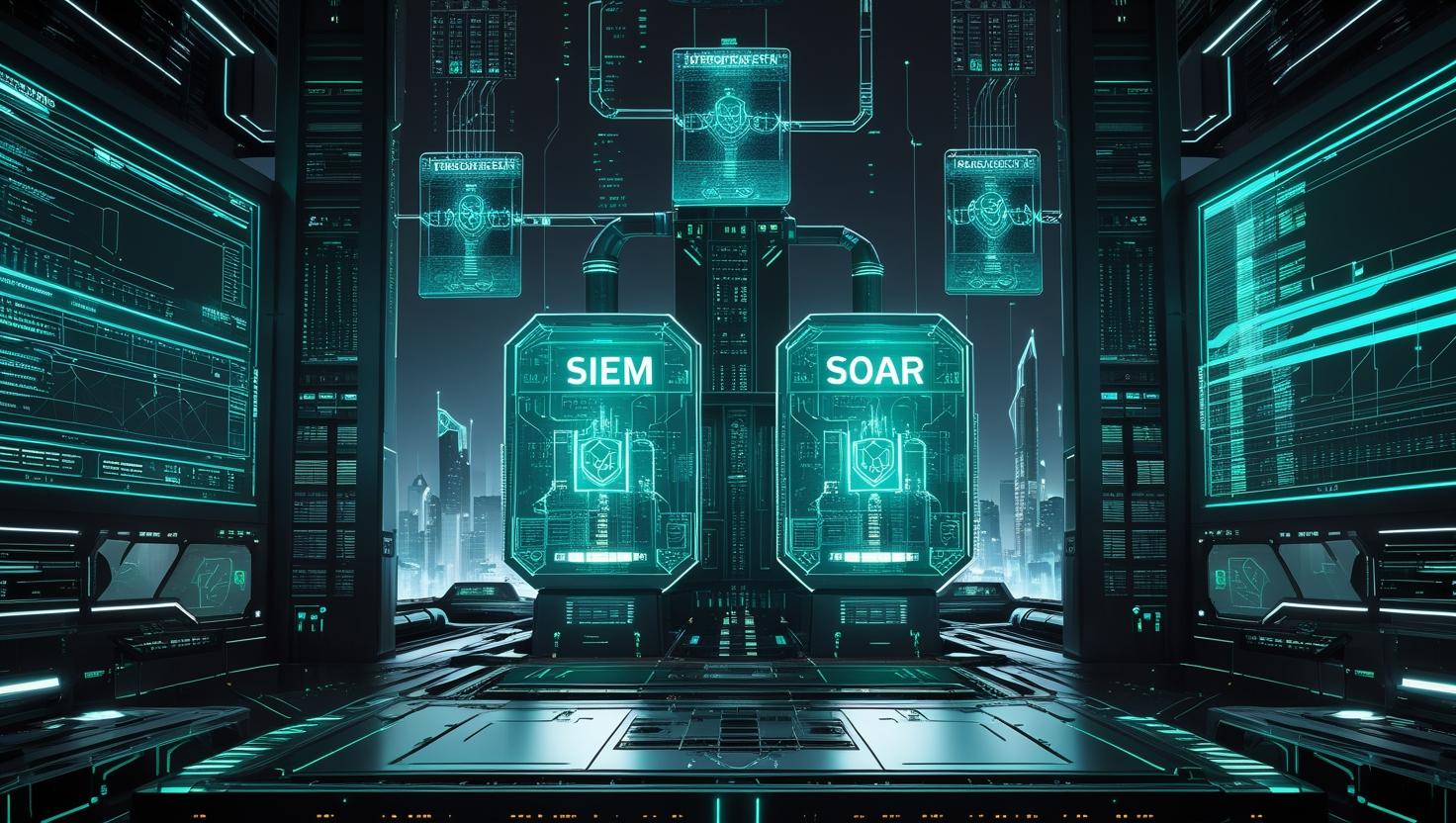The cybersecurity landscape continues to evolve rapidly, making Security Information and Event Management (SIEM) and Security Orchestration, Automation, and Response (SOAR) tools more critical than ever for organizations. As we navigate through 2025, security teams need robust platforms that can handle increasingly sophisticated threats while providing seamless automation and orchestration capabilities.
This comprehensive guide examines the top 5 SIEM/SOAR tools dominating the market in 2025, comparing their features, strengths, and ideal use cases to help you make an informed decision for your organization’s security infrastructure.
What Are SIEM and SOAR Tools?
Before diving into our comparison, it’s essential to understand what SIEM and SOAR tools offer:
SIEM (Security Information and Event Management) tools collect, analyze, and correlate security data from across your IT infrastructure. They provide real-time monitoring, threat detection, and compliance reporting capabilities that form the backbone of modern security operations centers (SOCs).
SOAR (Security Orchestration, Automation, and Response) platforms enhance SIEM capabilities by automating incident response workflows, orchestrating security tools, and enabling faster threat remediation through playbook-driven processes.
Top 5 SIEM/SOAR Tools for 2025
1. Microsoft Sentinel
Overview: Microsoft Sentinel stands out as a cloud-native SIEM and SOAR solution that has gained significant market traction in 2025.
Key Features:
- Cloud-native architecture with seamless Azure integration
- AI-powered threat detection using machine learning algorithms
- Built-in SOAR capabilities with automated playbooks
- Pay-as-you-go pricing model
- Extensive connector library for third-party integrations
Strengths:
- Excellent integration with Microsoft ecosystem
- Cost-effective for organizations already using Azure
- User-friendly interface with intuitive dashboards
- Strong community support and regular updates
Best For: Organizations heavily invested in Microsoft technologies, mid-market companies seeking cloud-native solutions, and businesses requiring flexible pricing models.
Pricing: Pay-per-GB ingested data model, typically ranging from $2-4 per GB depending on commitment levels.
Learn More: Microsoft Sentinel Official Page
2. Splunk Enterprise Security
Overview: Splunk remains a market leader in the SIEM space, offering powerful data analytics and visualization capabilities that security teams worldwide rely on.
Key Features:
- Advanced search and analytics engine (SPL – Search Processing Language)
- Comprehensive threat intelligence integration
- Robust reporting and compliance capabilities
- Extensive app ecosystem and marketplace
- On-premises and cloud deployment options
Strengths:
- Unmatched data processing and search capabilities
- Highly customizable dashboards and reports
- Strong correlation rules and threat detection
- Mature platform with extensive documentation
Best For: Large enterprises with complex data sources, organizations requiring deep customization, and teams with technical expertise to maximize platform capabilities.
Pricing: License-based pricing starting around $150 per GB per day, with enterprise discounts available.
Learn More: Splunk Enterprise Security
3. IBM Security QRadar SIEM
Overview: IBM QRadar continues to be a trusted choice for enterprises seeking comprehensive threat detection and response capabilities with strong AI integration.
Key Features:
- Advanced threat detection using Watson AI
- Network and endpoint visibility
- Integrated vulnerability management
- Centralized log management and correlation
- Risk-based prioritization of threats
Strengths:
- Strong correlation engine and threat detection
- Comprehensive out-of-the-box rules and reports
- Excellent forensic investigation capabilities
- Solid compliance reporting features
Best For: Large enterprises with complex network infrastructures, organizations in regulated industries, and companies requiring robust compliance capabilities.
Pricing: Typically starts around $4,000-6,000 per month for small deployments, scaling based on events per second and data volume.
Learn More: IBM Security QRadar
4. Sumo Logic Cloud SOAR
Overview: Sumo Logic has emerged as a strong contender in 2025, particularly for organizations seeking cloud-native SOAR capabilities with integrated security analytics.
Key Features:
- Cloud-native SOAR platform with SIEM integration
- Machine learning-powered threat detection
- Automated incident response workflows
- Real-time security analytics and monitoring
- Seamless API integrations
Strengths:
- True cloud-native architecture
- Strong automation and orchestration capabilities
- Intuitive user interface and workflow builder
- Excellent scalability and performance
Best For: Cloud-first organizations, companies seeking strong automation capabilities, and teams requiring rapid deployment and scaling.
Pricing: Subscription-based model starting around $1,800 per month for basic plans, scaling with data volume and features.
Learn More: Sumo Logic Cloud SOAR
5. Exabeam Fusion
Overview: Exabeam Fusion represents the next generation of SIEM platforms, focusing on user and entity behavior analytics (UEBA) and advanced threat detection.
Key Features:
- Advanced behavior analytics and machine learning
- Timeline-based investigation interface
- Automated threat hunting capabilities
- Cloud-native architecture
- Integrated SOAR functionality
Strengths:
- Innovative approach to threat detection using behavior analytics
- Intuitive investigation workflows
- Strong focus on reducing false positives
- Modern, cloud-native design
Best For: Organizations seeking advanced analytics capabilities, companies focused on insider threat detection, and security teams requiring streamlined investigation processes.
Pricing: Contact-based pricing, typically starting around $50,000 annually for small to medium deployments.
Learn More: Exabeam Fusion
Key Selection Criteria for 2025
When choosing a SIEM/SOAR platform in 2025, consider these critical factors:
1. Cloud-Native vs. Hybrid Requirements
The shift toward cloud-native solutions continues accelerating. Organizations should evaluate whether they need on-premises capabilities or can fully embrace cloud-native platforms like Microsoft Sentinel or Sumo Logic.
2. Integration Ecosystem
Your chosen platform should integrate seamlessly with existing security tools, including firewalls, endpoint protection, threat intelligence feeds, and other security solutions in your stack.
3. Automation Capabilities
Modern SOAR functionality is no longer optional. Evaluate each platform’s ability to automate repetitive tasks, orchestrate incident response workflows, and reduce mean time to resolution (MTTR).
4. Total Cost of Ownership
Beyond licensing costs, consider implementation, training, maintenance, and scaling expenses. Cloud-native solutions often provide better TCO for growing organizations.
5. Skills and Resources
Assess your team’s technical capabilities. Platforms like Splunk offer incredible power but require significant expertise, while solutions like Microsoft Sentinel provide more accessible interfaces.
Market Trends and Recommendations
Based on current market analysis and user feedback in 2025, here are key trends shaping SIEM/SOAR selection:
Cloud-First Adoption: Organizations increasingly prefer cloud-native solutions for their scalability, reduced maintenance overhead, and built-in high availability.
AI and Machine Learning Integration: Advanced analytics and ML-powered threat detection have become standard expectations rather than differentiators.
Unified Platforms: The convergence of SIEM and SOAR capabilities into unified platforms eliminates integration complexities and provides better user experiences.
Conclusion
The SIEM/SOAR landscape in 2025 offers excellent options for organizations of all sizes. Microsoft Sentinel leads in cloud-native adoption and cost-effectiveness, while Splunk Enterprise Security remains the choice for organizations requiring maximum customization and advanced analytics capabilities.
For enterprises with complex requirements, IBM QRadar provides robust compliance and threat detection features. Organizations seeking innovative SOAR-first approaches should consider Sumo Logic Cloud SOAR, while those focused on behavior analytics will find Exabeam Fusion compelling.
Ultimately, the best choice depends on your organization’s specific requirements, existing technology stack, budget constraints, and team capabilities. We recommend conducting proof-of-concept evaluations with your top 2-3 candidates to ensure the selected platform meets your unique operational needs.
Stay ahead of evolving cybersecurity threats by regularly reviewing and updating your SIEM/SOAR capabilities. The threat landscape continues evolving, and your security infrastructure should evolve with it.

